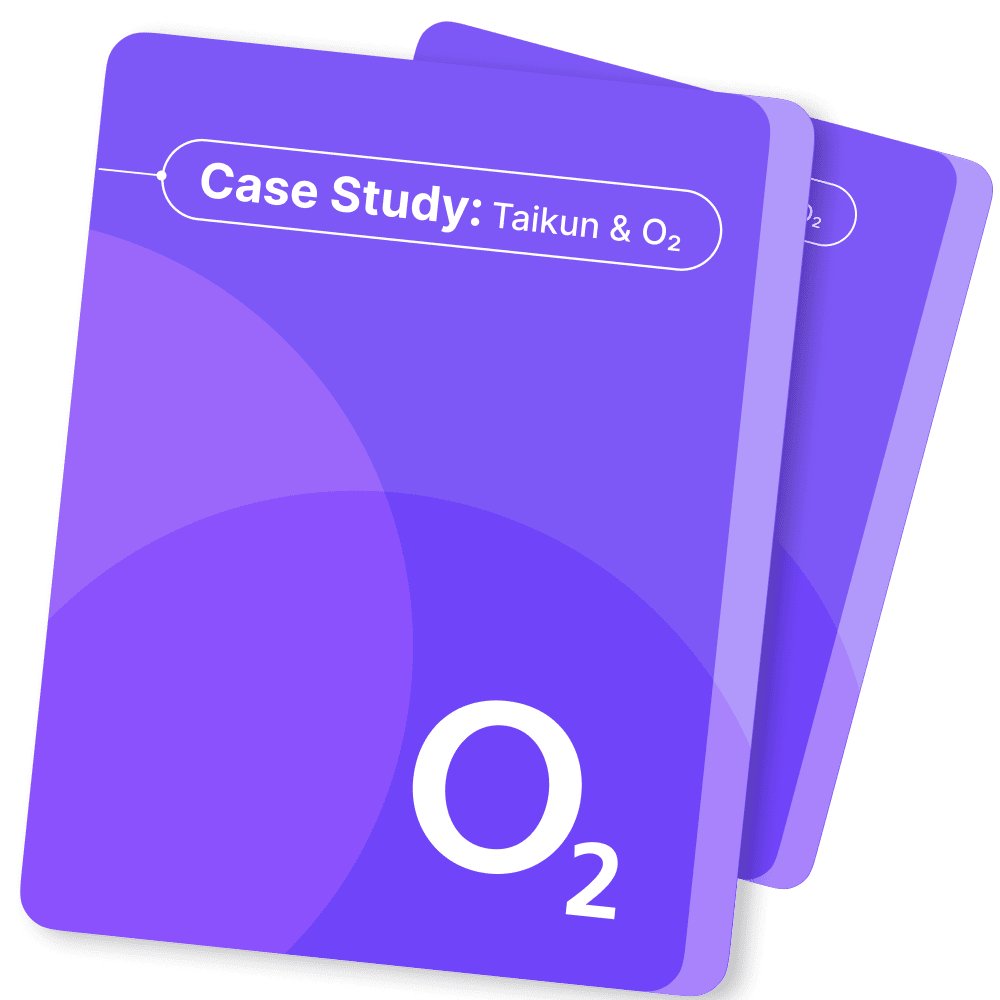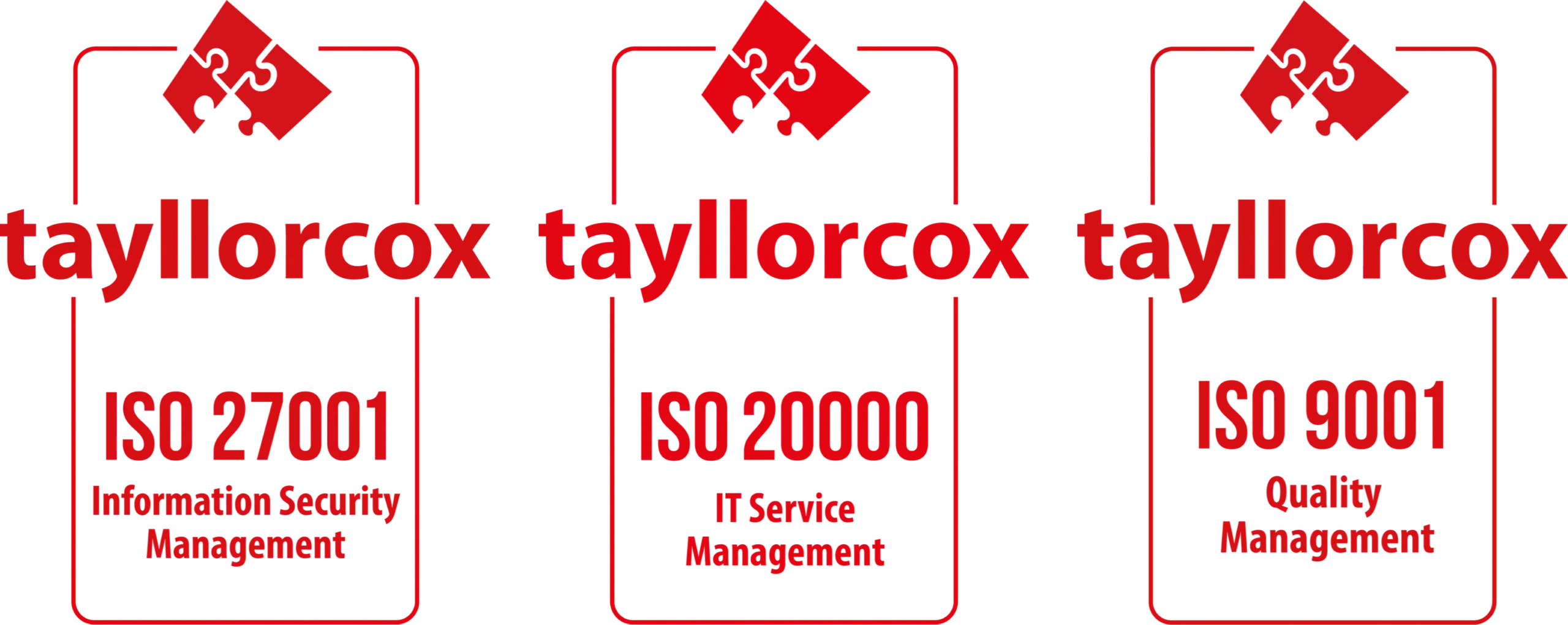Demystifying WASM on Kubernetes: A Deep Dive into Container Runtimes and Shims


To understand how to set up and work with WASM on Kubernetes, we must first understand how a container works within the Kubernetes ecosystem.
An incredibly easy beginner’s guide to WebAssembly (WASM) and Kubernetes


WebAssembly or WASM has been making waves in the developer community for a few years now. In fact, the quote above by the creator of Docker, Solomon Hykes summarizes it best.
How to seamlessly adopt Kubernetes in your Platform Engineering workflow
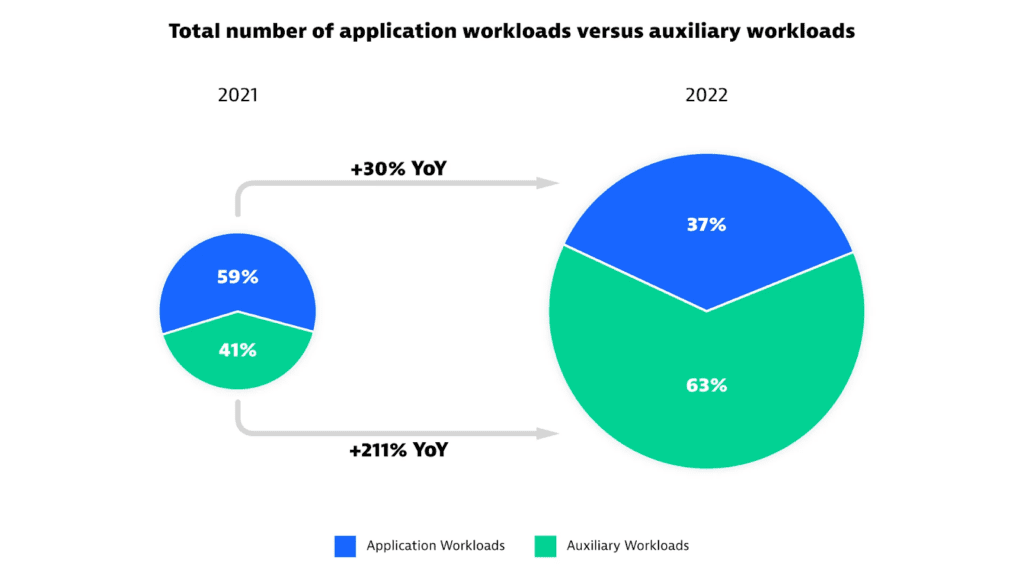

there is a clear preference for Kubernetes-based ecosystems in cloud setups. This is evident from the fact that today, more organizations are adopting Kubernetes for auxiliary workloads.
Platform Engineering on Kubernetes – Architecture and Tooling


As the world moves to a self-servicing platform infrastructure, especially in cloud-native environments, Kubernetes plays a crucial role in building flexible, resilient, and scalable infrastructure.
In this blog, we will take our conversation forward on how Kubernetes ecosystem is helping engineering teams build these cloud-native platforms. We will specifically talk about some of the architecture-related questions that are crucial to answer to build a resilient self-service platform on Kubernetes.
Understanding Platform Engineering in a Kubernetes Ecosystem


Gartner tagged Platform Engineering as an emerging tech in their annual Hype Cycle in 2022. It has only grown in its presence around the world.
How Kubernetes Powers the Foundation of Platform Engineering for Cloud-Native Development
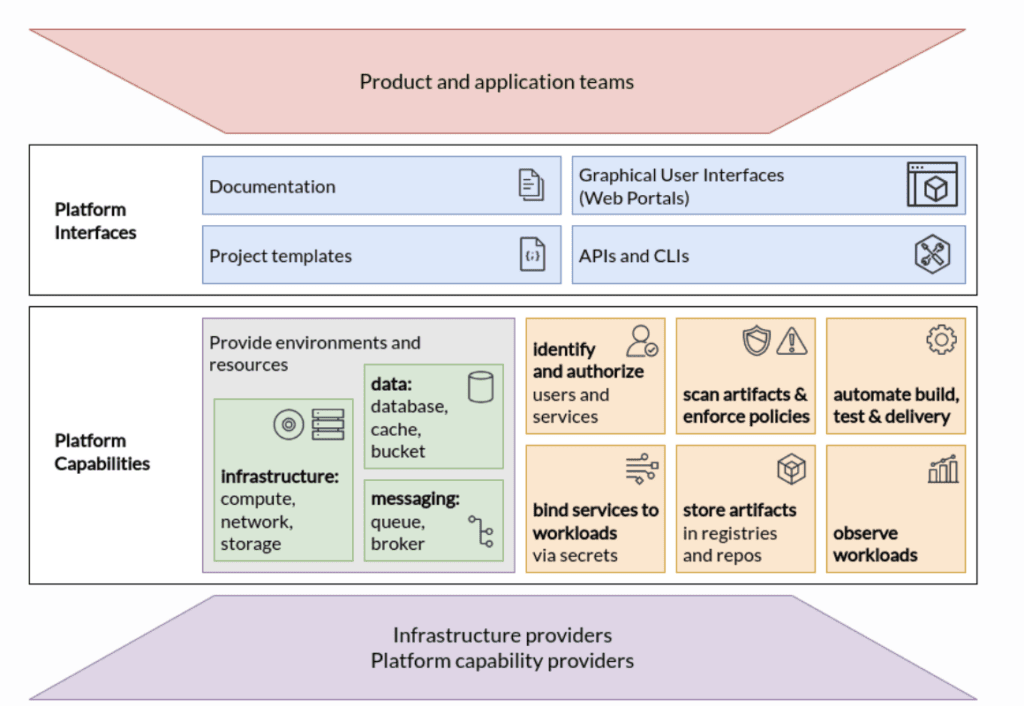

Platform engineering is an emerging trend, especially in the cloud-native world. According to a recent report by CloudBees, 83% of the surveyed enterprises have made significant progress in adopting Platform Engineering in their development cycles.
Artificial Intelligence in Edge Computing – Benefits and Use Cases


What exactly is the definition of artificial intelligence in edge computing? Also, what are the benefits? What use cases are there? And how it differentiates from cloud?
Difference Between Edge Computing and Fog Computing


Edge computing and fog computing make it possible to solve the problem of latency between data collection and transmission and bandwidth issues. Both edge computing and fog computing receive the same amount of attention these days but are often misunderstood by those who need to learn their differences.
Benefits and Challenges of Self-Hosted Kubernetes
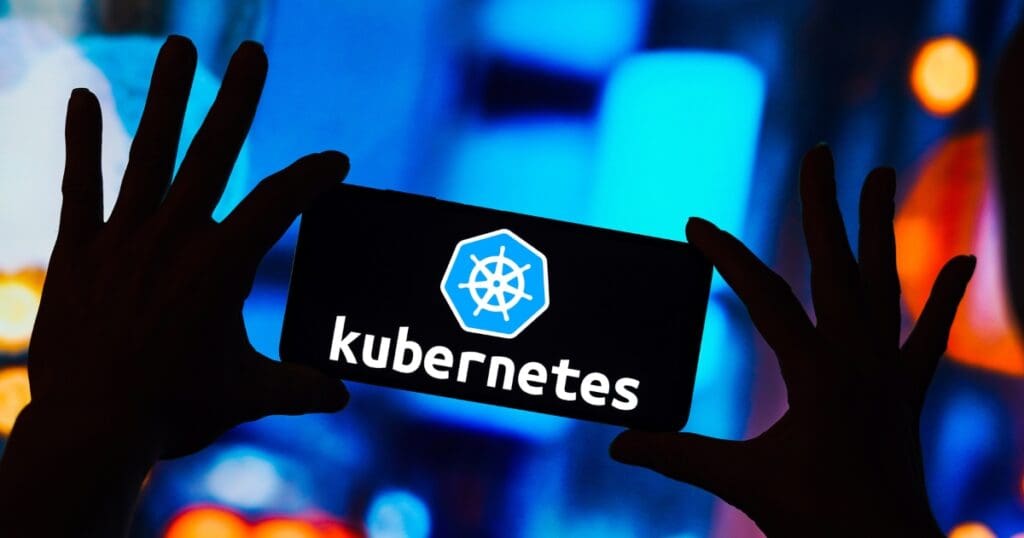

Many organizations opt for managed Kubernetes services such as Amazon EKS, Azure AKS, or Google GKE initially to simplify operations and leverage the cloud provider’s expertise. As businesses develop further however the decision of whether to switch from managed services to self-hosted Kubernetes becomes an important one.
Challenges and limitations of multi-tenancy and self-service in OpenShift
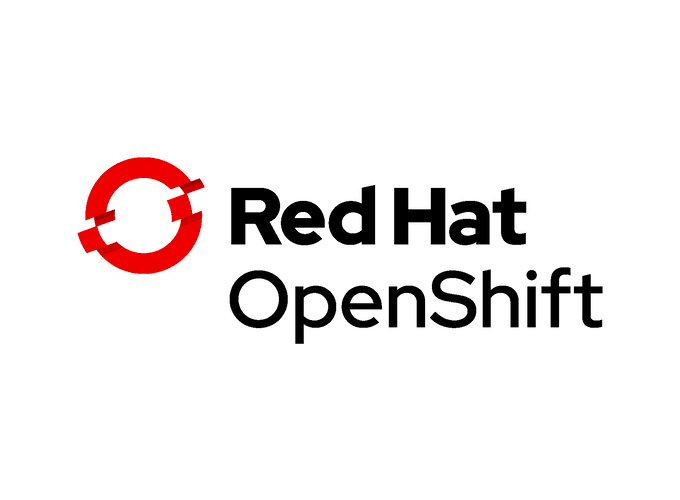

OpenShift has quickly emerged as a powerful solution in the ever-evolving landscape of cloud computing and container orchestration, providing agile, scalable solutions to organizations seeking agility and scalability.

